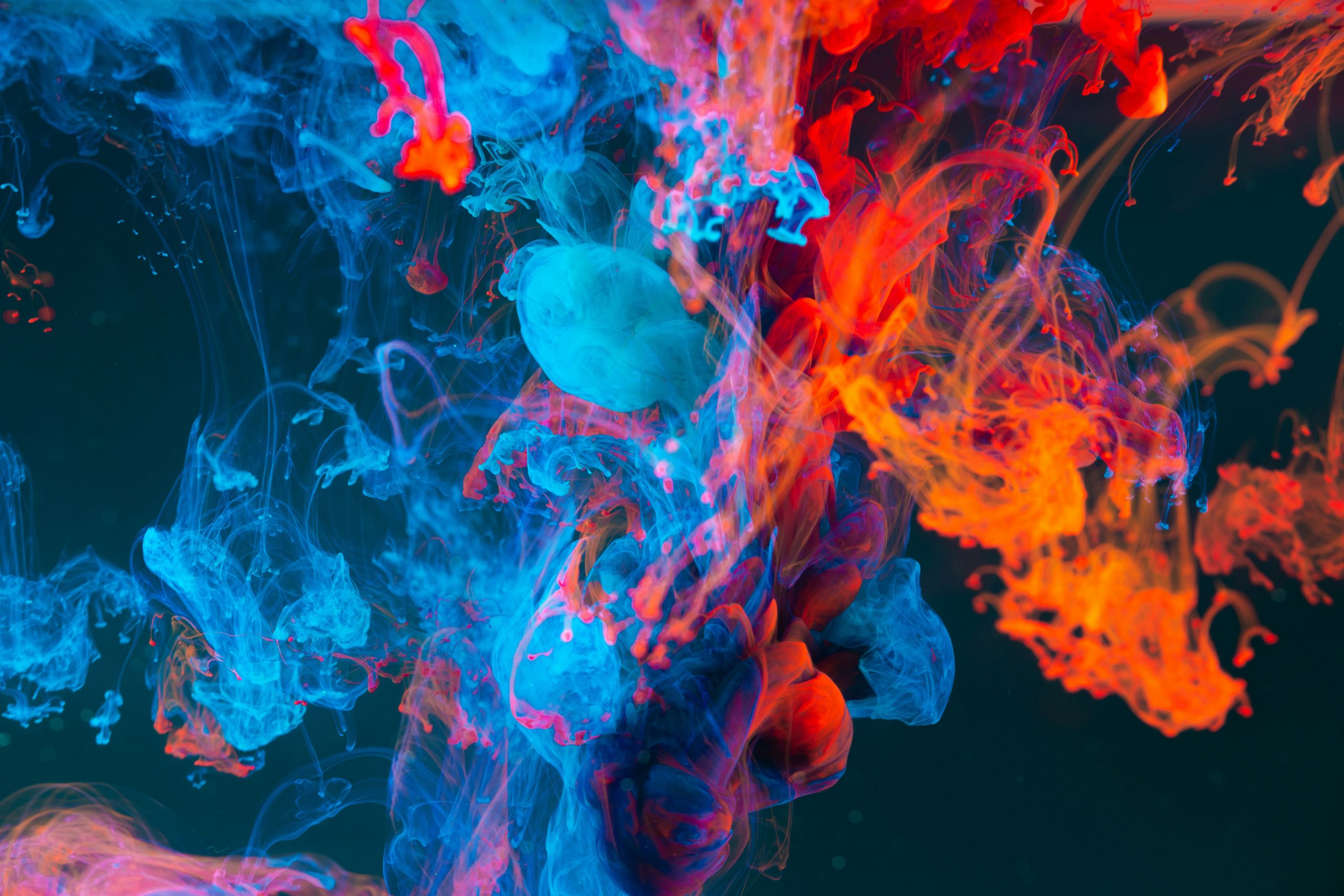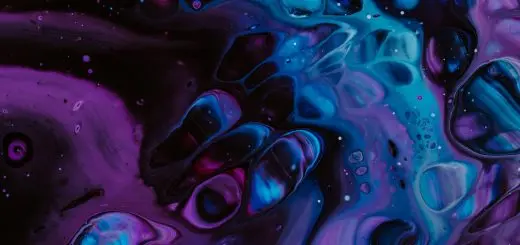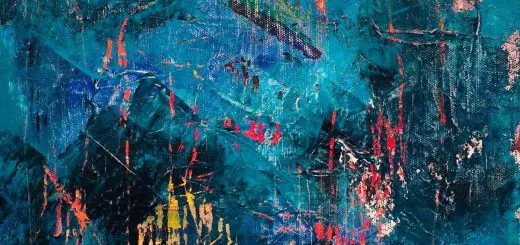Egyptian Mythology: Animals and Their Divine Connections

Looking for more amazing products? Check out our online store and explore our collection here! Happy shopping!
Before diving in, please note: This post is for informational purposes only. If you’d like to know more about how we approach topics, feel free to check out our friendly Disclaimer Page.
Hey there, amazing readers! 
We’re committed to delivering quality posts, and your support (even just sticking around despite the ads) means everything to us. So, bear with us, and thanks for helping us keep the good vibes rolling. Now, on to the fun stuff!
TRANSLATE BUTTON AT THE END OF THE ARTICLE
A Quick Overview
Egyptian mythology is rich with fascinating stories, gods, and symbolism that have captivated people for centuries.
Animals played a crucial role in ancient Egyptian culture, often serving as symbols of various gods and goddesses.
These divine connections between animals and deities added layers of meaning to religious beliefs and rituals.
From cats to crocodiles, each animal had a unique significance in Egyptian mythology.
Introduction to Egyptian Mythology
Egyptian mythology is a complex and intricate belief system that shaped the lives of ancient Egyptians.
It revolved around the worship of a vast pantheon of gods and goddesses, each with their own unique powers and domains.
Animals held a prominent place in these religious practices, often regarded as sacred and divine beings.
The Egyptians believed that animals possessed spiritual qualities and could serve as messengers between the mortal world and the gods.
Importance of Animals in Ancient Egypt
Animals played a significant role in ancient Egyptian society, not only as sources of food, labor, and companionship but also as symbols of religious significance.
The Egyptians believed that certain animals were imbued with divine qualities and could act as intermediaries between humans and the gods.
As a result, animals were venerated, worshipped, and even mummified in elaborate ceremonies to ensure their safe passage to the afterlife.
Sacred Animals in Egyptian Culture
In Egyptian culture, certain animals were considered sacred and were closely associated with specific deities.
These animals were honored, revered, and often kept in temples dedicated to the gods they represented.
Some of the most revered sacred animals in Egyptian culture include cats, falcons, crocodiles, scarab beetles, cobras, rams, jackals, and ibises.
Each of these animals had a unique connection to a particular god or goddess, symbolizing different aspects of life and the divine.
Animals as Symbols of Egyptian Gods
In Egyptian mythology, animals were often used as symbols to represent different deities and their attributes.
These animal symbols provided deeper insights into the nature of the gods and their roles in the cosmic order.
By associating certain animals with specific gods, the ancient Egyptians were able to convey complex theological concepts in a visual and easily understandable way.
These animal symbols became integral parts of religious iconography and were used in art, hieroglyphics, and religious rituals.
Cat: Symbol of Bastet, Goddess of Protection
Cats held a special place in ancient Egyptian culture, particularly as symbols of the goddess Bastet.
Bastet was the goddess of protection, fertility, and motherhood, often depicted with the head of a lioness or domestic cat.
Cats were revered for their grace, agility, and hunting abilities, qualities that were associated with the protective nature of Bastet.
The ancient Egyptians believed that cats could ward off evil spirits and bring good luck to their households, making them highly valued and cherished animals.
Falcon: Symbol of Horus, God of Kingship
The falcon was a powerful symbol in Egyptian mythology, representing the god Horus, the deity of kingship, sky, and war.
Horus was often depicted with the head of a falcon, symbolizing his connection to the heavens and his role as a protector of the pharaoh.
Falcons were revered for their keen eyesight, swiftness, and hunting prowess, qualities that mirrored the vigilant and authoritative nature of Horus.
The falcon was a symbol of strength, leadership, and divine protection in ancient Egypt.
Crocodile: Symbol of Sobek, God of Nile
The crocodile held a special significance in Egyptian mythology as the sacred animal of the god Sobek, the deity of the Nile River, fertility, and protection.
Sobek was often depicted with the head of a crocodile, symbolizing his association with the powerful waters of the Nile and his role as a guardian of the river.
Crocodiles were revered for their fearsome reputation and were believed to embody the primal forces of nature.
In ancient Egypt, crocodiles were worshipped as manifestations of the ferocious yet nurturing nature of Sobek.
Scarab Beetle: Symbol of Khepri, God of Rebirth
The scarab beetle was a symbol of rebirth and regeneration in ancient Egyptian mythology, representing the god Khepri, the deity of the rising sun and creation.
Khepri was often depicted with the body of a man and the head of a scarab beetle, symbolizing his role in the eternal cycle of death and rebirth.
The scarab beetle was associated with the sun, transformation, and new beginnings, making it a powerful symbol of renewal and transformation in Egyptian culture.
The ancient Egyptians believed that the scarab beetle could guide souls through the journey of the afterlife and ensure their rebirth into the next world.
Cobra: Symbol of Wadjet, Goddess of Protection
The cobra was a potent symbol in Egyptian mythology, representing the goddess Wadjet, the deity of protection, royalty, and justice.
Wadjet was often depicted as a cobra or a woman with the head of a cobra, symbolizing her role as a fierce protector of the pharaoh and the Egyptian people.
Cobras were revered for their deadly venom and protective instincts, qualities that mirrored the vigilant and nurturing nature of Wadjet.
The cobra was a symbol of power, authority, and divine guidance in ancient Egypt, believed to ward off evil and bring blessings to those who worshipped the goddess.
Ram: Symbol of Khnum, God of Creation
The ram was a sacred animal in Egyptian mythology, closely associated with the god Khnum, the deity of creation, fertility, and the annual flooding of the Nile.
Khnum was often depicted with the head of a ram, symbolizing his role as the creator of life and the sculptor of human bodies on his potter’s wheel.
Rams were revered for their strength, virility, and regenerative powers, qualities that reflected the creative and life-giving nature of Khnum.
The ram was a symbol of abundance, renewal, and divine craftsmanship in ancient Egypt, believed to bring prosperity and fertility to the land.
Jackal: Symbol of Anubis, God of Death
The jackal held a significant role in Egyptian mythology as the sacred animal of Anubis, the god of death, mummification, and the afterlife.
Anubis was often depicted with the head of a jackal, symbolizing his role as the guardian of the dead and the guide to the underworld.
Jackals were associated with death, mourning, and protection, qualities that mirrored the compassionate and merciful nature of Anubis.
The jackal was a symbol of transition, transformation, and spiritual guidance in ancient Egypt, believed to accompany souls on their journey to the afterlife and ensure their safe passage to the realm of the dead.
Ibis: Symbol of Thoth, God of Wisdom and Writing
The ibis was a revered animal in Egyptian mythology, symbolizing the god Thoth, the deity of wisdom, knowledge, and writing.
Thoth was often depicted with the head of an ibis or as a baboon, symbolizing his association with the moon, magic, and divine communication.
Ibises were regarded as sacred birds that brought messages from the gods and served as scribes of the divine will.
The ibis was a symbol of intelligence, intuition, and creativity in ancient Egypt, believed to inspire scholars, writers, and scribes in their pursuit of knowledge and enlightenment.
Conclusion
In conclusion, animals played a vital role in ancient Egyptian mythology, serving as symbols of divine power and spiritual significance.
Each animal had a unique connection to a specific god or goddess, embodying different aspects of life, nature, and the cosmic order.
The Egyptians revered and worshipped these sacred animals, believing in their ability to communicate with the gods and protect humanity from harm.
By understanding the symbolism of animals in Egyptian mythology, we gain deeper insights into the beliefs, values, and practices of this ancient civilization.
The intricate relationships between animals and deities in Egyptian culture continue to fascinate and inspire us today, offering a window into the mystical and awe-inspiring world of ancient Egypt.

The Enlightenment Journey is a remarkable collection of writings authored by a distinguished group of experts in the fields of spirituality, new age, and esoteric knowledge.
This anthology features a diverse assembly of well-experienced authors who bring their profound insights and credible perspectives to the forefront.
Each contributor possesses a wealth of knowledge and wisdom, making them authorities in their respective domains.
Together, they offer readers a transformative journey into the realms of spiritual growth, self-discovery, and esoteric enlightenment.
The Enlightenment Journey is a testament to the collective expertise of these luminaries, providing readers with a rich tapestry of ideas and information to illuminate their spiritual path.
Our Diverse Expertise
While our primary focus is on spirituality and esotericism, we are equally passionate about exploring a wide range of other topics and niches 

To ensure we provide the most accurate and valuable insights, we collaborate with trusted experts in their respective domains 
Our blog originally focused on spirituality and metaphysics, but we’ve since expanded to cover a wide range of niches. Don’t worry—we continue to publish a lot of articles on spirituality! Frequently visit our blog to explore our diverse content and stay tuned for more insightful reads.
Hey there, amazing reader! 
Check out our store here and take a peek at some of our featured products below! Thanks for being awesome!










